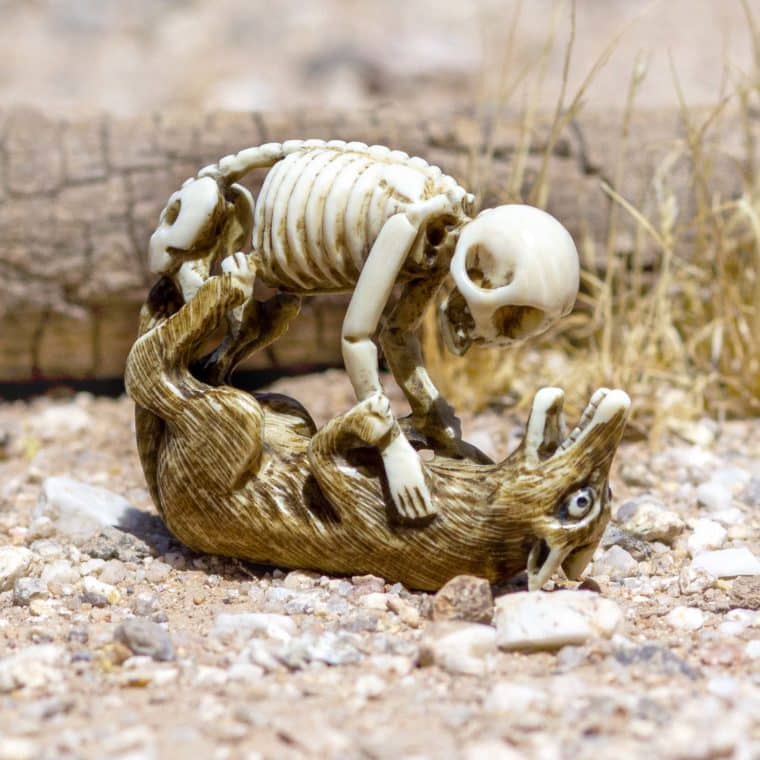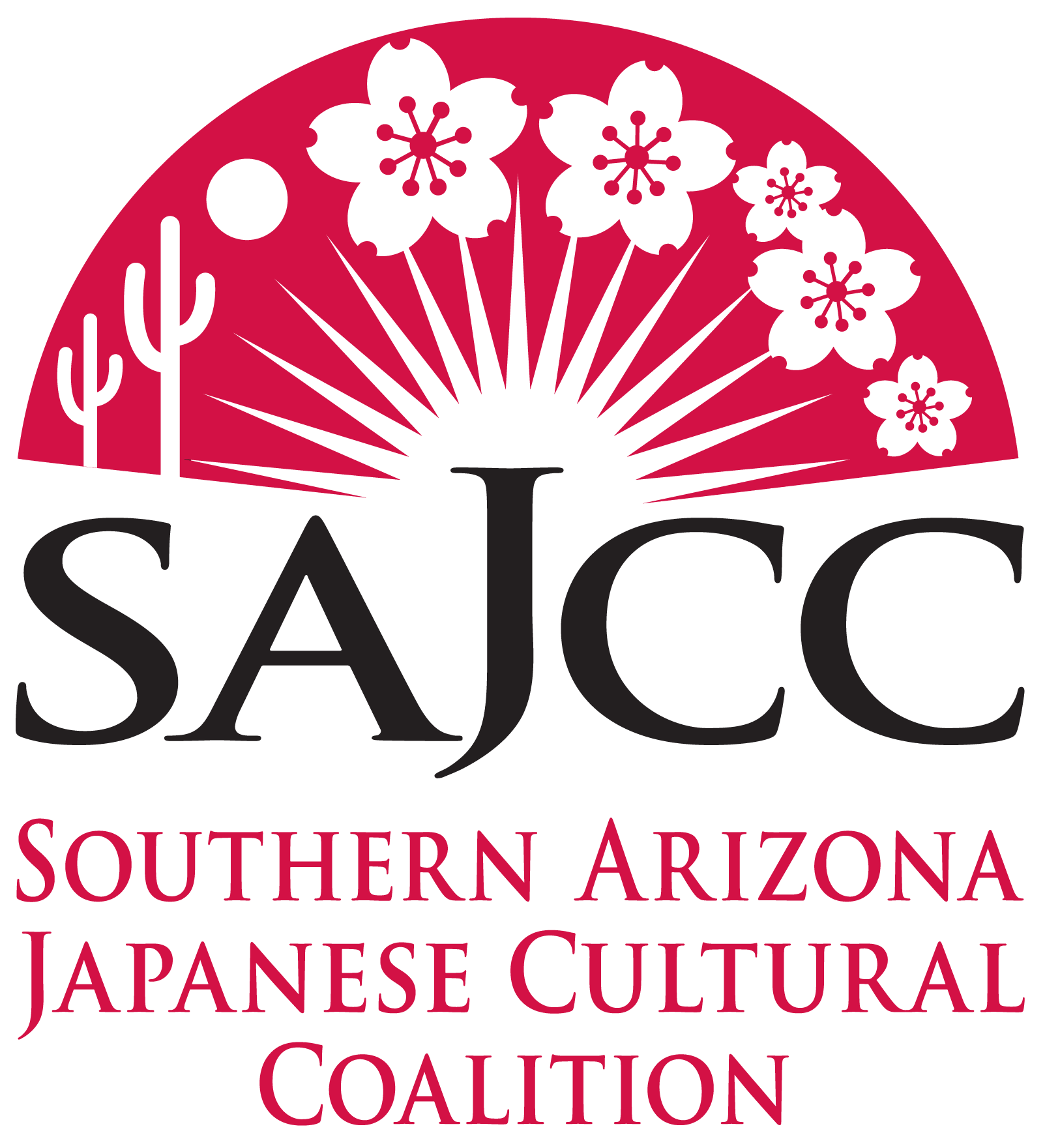Japanese Netsuke: Upholding Cultural History of Japan
August 30, 2022 – January 22, 2023
“Japanese netsuke are cherished, valued and collected for their magnificent design and impressive carving. It is hard to imagine these small “sculptures” were initially artfully crafted utilitarian toggles, created to secure the cords of a man’s sagemono (hanging objects) in place on the obi (belt) of his kimono.

One might think these miniature Japanese carvings are solely tiny works of art until you notice the curious holes on the back or underside of these small sculptures. The pair of holes reveal their original function: they were artfully crafted toggles called netsuke, used to secure the cords of a man’s sagemono to his kimono belt (known as an obi). Kimono did not have pockets, so sagemono were small containers or pouches that hung on a cord and contained everyday essentials and money. Since they were a necessity worn every day by commoners and wealthy alike, netsuke were a fashion accessory, and high-status individuals would often have elaborately carved and extravagant netsuke.
The earliest netsuke were simple shapes made from wood, gourd, even tree root. From the Edo period (1615–1868) forward, a side industry for netsuke emerged. They were soon being carved from wood, ivory, tooth, tusk, horn, clay, porcelain, metal, lacquer, shell, and a variety of stones. As the industry expanded, so did the types of netsuke designs. Katabori is the most popular style. The katabori is a miniature carving of a figure, a person, animal, insect; it might even be an everyday object. Manju is the second most popular form and probably the original form of netsuke: its round shape mimics a small rice cake or bun. Ryusa is shaped like a manju, but carved like lace, so that light is transmitted through it. Sashi is an elongated netsuke. Members of the ruling class and those of means sought out the most sophisticated and beautiful netsuke, bearing witness to the fact that these toggles were valued for their artistic merit.
A survey of the subjects of netsuke carvings from the Edo period through the early 19th century provides an overview of the traditional values and mores of Japanese culture. Prior to the seventeenth century Japanese artists looked to China as the model for their artistic practice. As a result, the subjects of Japanese art were based on Chinese legends and legendary characters. Introduced in the 1620s the Ukiyo-e School founded by Iwasa Matahei (1577–1650), abandoned Chinese subjects and emphasized ordinary life, religion, history, folklore, and legends of Japan. Netsuke carvers embraced these subjects, and by the latter half of the 18th century had added several new subjects to their repertoire including gods of luck, daruma (a traditional Japanese doll symbolizing perseverance), signs of the zodiac, oni (demons), Japanese poets, historical events and even popular foreigners. Beginning in the 19th century, animals, birds, reptiles, vegetables, fruit and imagery evoking certain occupations also became subjects of netsuke.
Japan opened to the West during the Meiji period (1868–1912). With the introduction and popularity of western style clothing netsuke’s utilitarian purpose became obsolete. However, netsuke did not disappear captivated by their beauty, desire for these elaborately carved miniature “sculptures” launched a new trade industry with the Western world, solidifying the status of netsuke as works of art. Long after being outmoded, today’s netsuke are valued and collected due to their unique designs and the intricate carving skills of their creators, as well as being a testament to the legacy of Japanese fashion and culture.”

